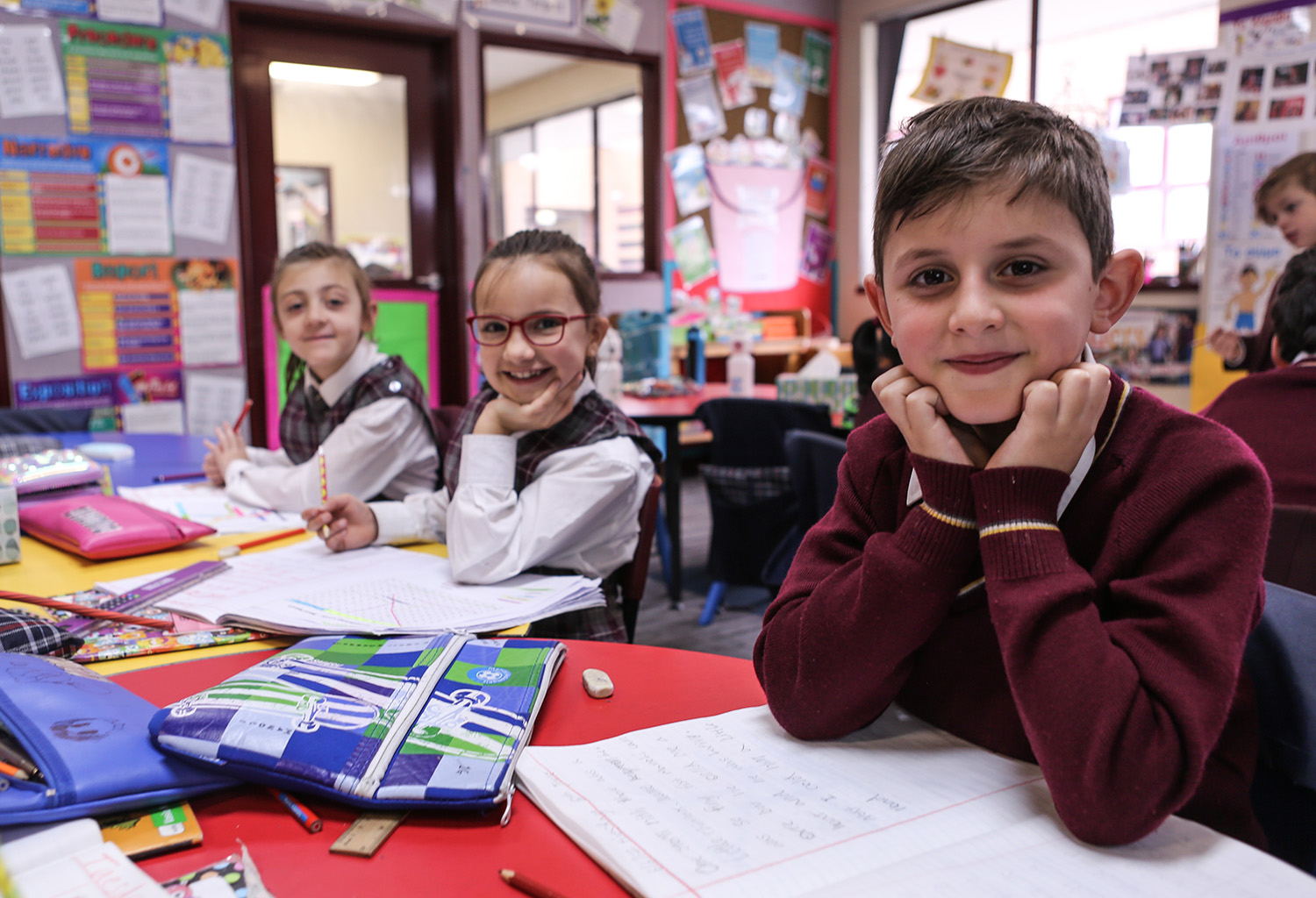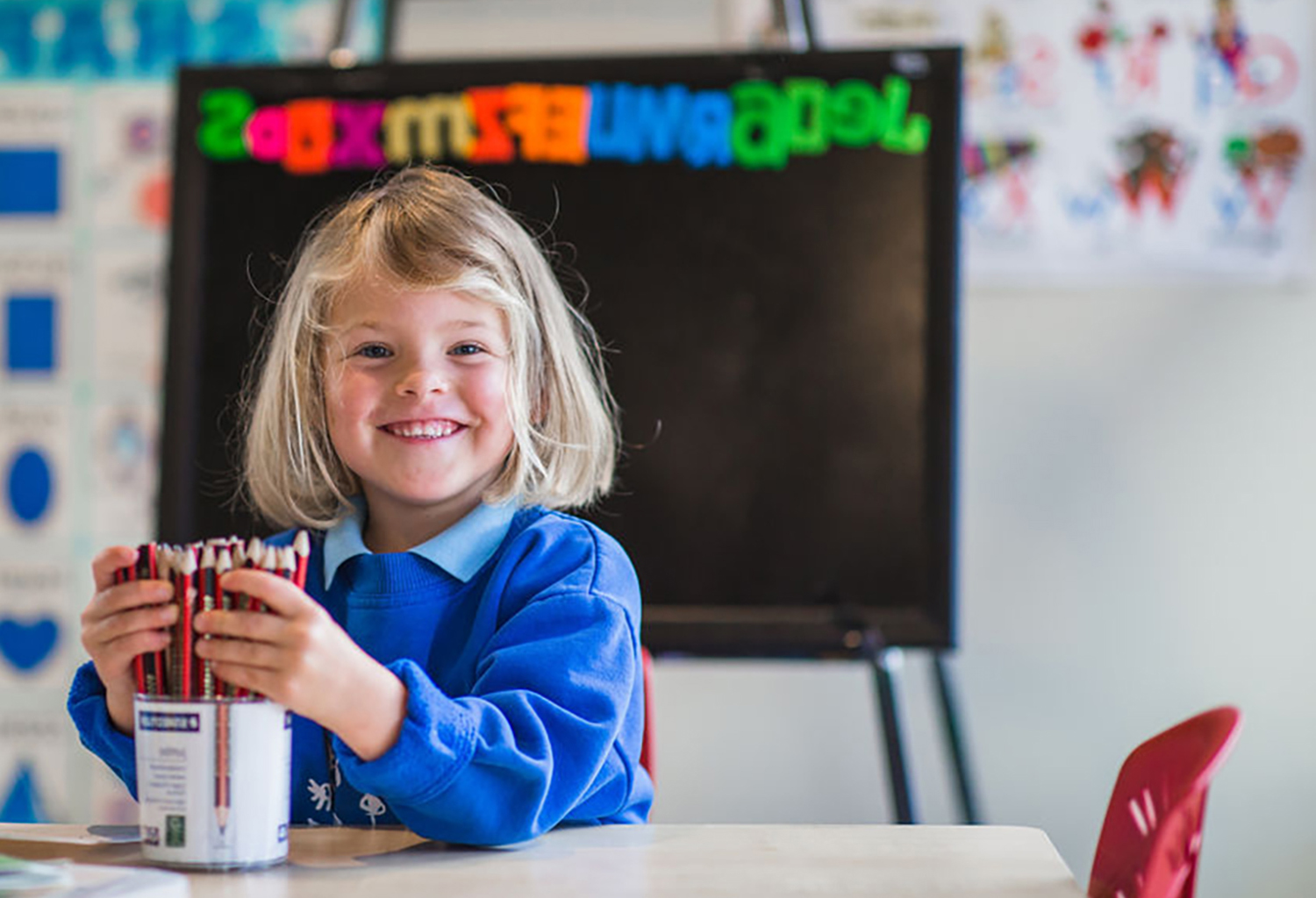Resisting the slide from Gemeinschaft to Gesellschaft

6 min read
The classroom may not always be a physical building, but it is the shared experiences through human interaction that ensures successful outcomes for our students, writes Gilson College Principal, Mark Vodéll.
I do not write as an academic – I am the principal of a school with around 1,300 students in COVID-controlled Melbourne – and I have watched the subtle and not-so-subtle changes that are taking place around us as we respond to the conditions in which Melburnians find themselves.
I recently walked into the staff room which, during the lunch hour of any given day, would have been abuzz of teachers eating and sharing – but it was empty. I’ve walked the corridors of buildings that have been shut down and had to remind myself that it’s not school holidays, although the mountain of work associated with lockdowns is a very effective aide-mémoire.
From time to time I come across articles or presentations by the well-intentioned who insist that our education systems need a complete new paradigm because they are the result of nineteenth-century industrialisation. However, before we throw the baby out with the bathwater, let us examine some of the assumptions behind this thinking.
A new paradigm or a new perspective?
Perhaps one of the best known critics of education, as we currently experience it, was the late Sir Ken Robinson. Sir Ken’s talks and books are both inspiring and challenging, and all educators and parents would do well to consider his contributions. I agree that there are many assumptions in education that have needed discarding. The view that intelligence is fixed, an overreliance on standardised testing, production-line mentality, and the notion that academic education is good and that which is practical or aesthetic is second-rate, are all ideas that need to be carefully consigned to history. Change is necessary.
Nevertheless, there are others who have peddled a narrative that our schools of today are relics from a nineteenth-century Prussian factory-style innovation. Nothing could be further from the truth. Many educators from just 20 years ago would struggle to cope if they were placed back in a classroom today. Sure there are still rooms and desks for the most part, but this is where the similarities end.
Teachers have far more items in the toolbox than ever before as they negotiate the level of differentiation required, the amount of feedback expected, the use of inquiry methods, working with cross-curricular programs, facilitating peer tutoring, engaging with outdoor experiential learning curricula, using explicit learning intentions and success criteria, coordinating the balance between spaced and mass practice, implementing problem solving pedagogies … and the list goes on.
All of this is suffused with a level of technology that would leave many teachers who retired in 2000 (or earlier) both bewildered and befuddled.
Beyond the physical classroom
In mid-March when we shifted our teaching and learning online, the processes and protocols were rapidly developed and I have listened to the success stories of how our staff and students are coping with the changes. I’ve also listened to frustration from the same groups about not knowing when this will end.
Then there is the occasional parent who sits beside their child and gives answers to questions, thus denying their child the opportunity to think. Of course it’s awkward when the answers are incorrect or when they try to speak over the teacher, but the mute button can be a last resort for the most indomitable types.
However, these are the rare exceptions, and I have immense gratitude to our parents who have supported their children when their education has been thrust into an environment that is lacking some important ingredients. These ingredients can only occur when the ‘classroom’ is part of the process.
The ‘classroom’ may not always be a physical building as evidenced by the many schools, including my own, who offer outdoor education programs for various year levels. However, even in the outdoors, it is the shared experiences through human interaction that ensures a successful outcome, and reminds us that the vital ingredients for students must include relationships.
Education is an intensely human experience that is difficult to undertake at the high quality levels that we all desire, when hidden behind a mask or viewed through the amazing array of technology options that we are privileged to have at our fingertips.
“Despite its invisibility, the value of social capital to young people in their developmental stages is immense. Furthermore, this social capital is not only found in the family, but is also manifested within the community.”
Gemeinschaft und gesellschaft; community and society
Meanwhile, our economists are debating which letter of the alphabet best describes the recovery. Will it be a ‘V’ shaped response, or the slower ‘U’ revival? The less optimistic have suggested a ‘W’ style return, while the pessimists have proposed a stagnating ‘L’ reaction. With the lockdown producing one of the largest transfers of wealth in history – both private sector to public sector as well as the intergenerational reallocation – some have suggested a ‘K’ response, with an increasing disparity developing in our society as the more accurate description for the outcome.
While this is occurring some Foundation students in Victoria, who have had 18 weeks in their first year of schooling at home, may struggle to adequately use any letters of the alphabet.
Nevertheless, the greatest concern I have is not financial, or even educational, but more psychological, which has its genesis in road maps that are produced seemingly without consideration or input from sociological perspectives.
In 1887, Ferdinand Tönnies published his classic work on social and political theory entitled Gemeinschaft und Gesellschaft. It focuses on the contrast between the ‘community’ (gemeinschaft) that has group goals, personal connections based on friendship and kinship as opposed to a ‘society’ (gesellschaft), where work is differentiated, there are less connections and any interdependence is somewhat superficial. Although gemeinschaft was typically associated with rural environments, many schools resemble this element more so that the urban gesellschaft – even when located in metropolitan regions.
Today the concept of physical capital, such as machines and tools, is extended to include human capital and while the latter is less tangible it consists of social capital which is even less obvious because it is found in the interaction between people (Coleman, 1988). Despite its invisibility, the value of social capital to young people in their developmental stages is immense. Furthermore, this social capital is not only found in the family, but is also manifested within the community. Consequently, the benefits not only accrue to the individual but also form part of the ‘mortar’ for communities which in turn helps to hold our society together.
Time for a risk tolerance approach?
There are substantial differences between education in a classroom and learning from home. A solicitous enquiry to the students, teachers and parents who have had no choice because of school shutdowns will confirm this. While some have coped it is evident that the disadvantaged have been adversely impacted by an increasing achievement gap (Sonnemann & Goss, 2020).
It is time to at least allow our parents the choice of having their children back in the classrooms, because despite claims to the contrary this virus does discriminate – positively for the young and regrettably quite negatively for those over 70 (Australian Government Department of Health, 2020).
This will permit the decision-making on health issues to return to the individuals and families where it belongs and permit a more nuanced approach that caters for varying levels of risk tolerance. At the same time, a wrap-around of those most vulnerable would be in harmony with the community needs and wishes.
Mark Vodéll is Principal at Gilson College.
References
- Australian Government Department of Health. (2020). Coronavirus (COVID-19) at a glance infographic collection.
- Coleman, J. S. (1988). Social capital in the creation of human capital. American Journal of Sociology, 94, S95-S120.
- Sonnemann, J., & Goss, P. (2020). COVID catch-up: helping disadvantaged students close the equity gap: Grattan Institute.
- Tönnies, F. (1887). Gemeinschaft und Gesellschaft (J. Harris & M. Hollis, Trans. J. Harris Ed.). Leipzig, Germany: Cambridge University Press (English version in 2001).

